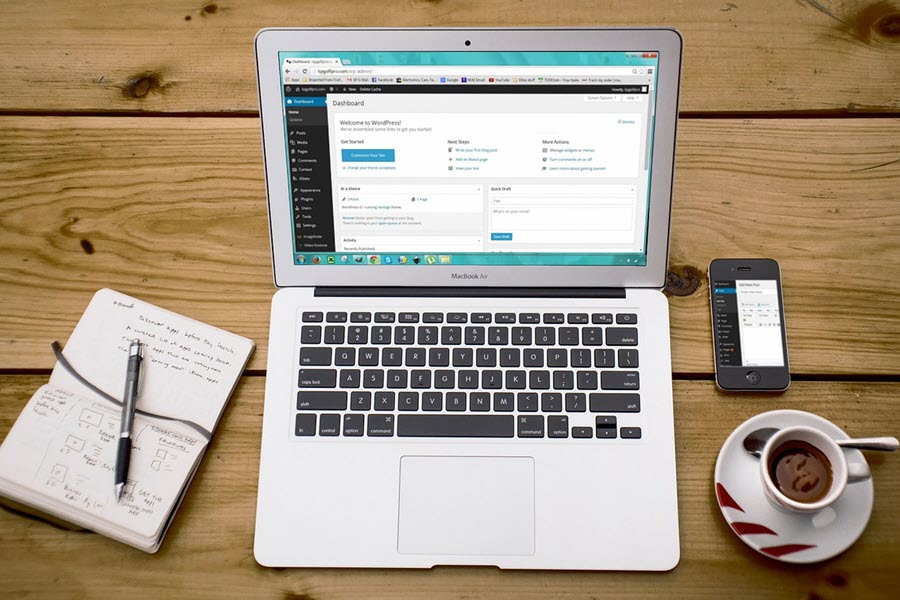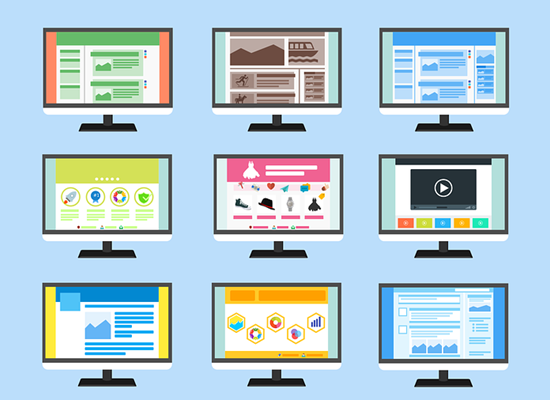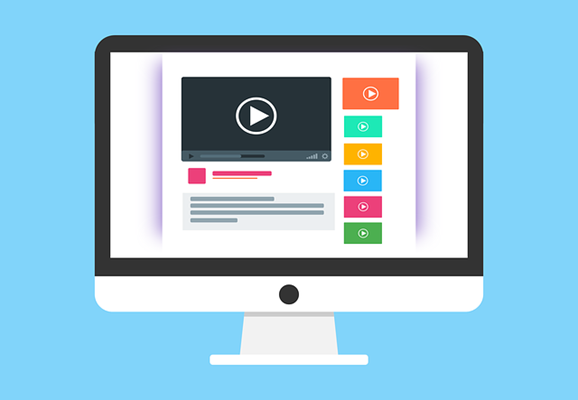Although there is no SEO ranking factors for having a custom favicon, it does help your BRAND. Having a common look for your brand is important when it comes to Digital Marketing. You want people to associate your brand with the colors and logo that you have selected to represent your company / website. Don’t keep the default WordPress Icon or Globe as your favicon. Instead, create a custom one and upload it to your web hosting account. Then when people go to your website, they will quickly know this is your website because the favicon matches your logo or brand colors. It is really helpful when people have many tabs open at once. With a customized logo, they will be able to quickly identify which tab is yours.
Setting up your favicon will change the icon displayed on the browser tab.

Favicons themselves do not have a direct impact on SEO (Search Engine Optimization). Search engines like Google do not use favicons as a ranking factor for determining the visibility or ranking of a website in search results. However, there are a few indirect ways in which favicons can potentially impact SEO:
SEO Impact of favicons
1. User Experience
A well-designed favicon can contribute to a positive user experience. It helps users quickly identify and remember a website when they have multiple tabs or browser windows open. This can lead to increased user engagement and repeat visits, which can indirectly benefit SEO by potentially increasing dwell time and reducing bounce rates.
2. Branding and Trust:
A favicon that aligns with your website’s branding can help in creating a consistent visual identity across different platforms and improve brand recognition. When users recognize and trust your brand, they are more likely to click on your search listings, which can positively impact click-through rates (CTR). Higher CTRs can indirectly influence search engine rankings.
3. Social Sharing:
When users share your website on social media platforms, the favicon is often displayed alongside the link. While this does not directly impact SEO, a visually appealing favicon can attract more attention and potentially lead to more clicks and engagement on social media.
It’s important to note that the impact of favicons on SEO is relatively minor compared to other factors such as content quality, relevance, backlinks, site speed, mobile-friendliness, and overall user experience. Therefore, while favicons can contribute indirectly to a positive user experience and branding, they should not be considered a primary SEO optimization factor.
How To Create A Favicon
To create a favicon, open a graphics program and create a very small logo. You can start by creating your image as a square, like 60×60 so that you can see it while designing it. But before you hit save, you need to size down your favicon to be 16px x 16px pixels and ‘save as’ .ico. However, I have discovered that WordPress won’t let you upload a favicon and takes a .jpg instead. And you can upload your 60×60 image and WordPress will shrink it down to the size it needs to be.
NOTE: If you are creating a favicon for a WordPress website then you need to create an image at 512px x 512px and save your file as .png. You then go into your dashboard and navigate to Appearance / Customize / Site Identity and upload your favicon where you find the label.
Do what YOU do best and outsource the rest!





